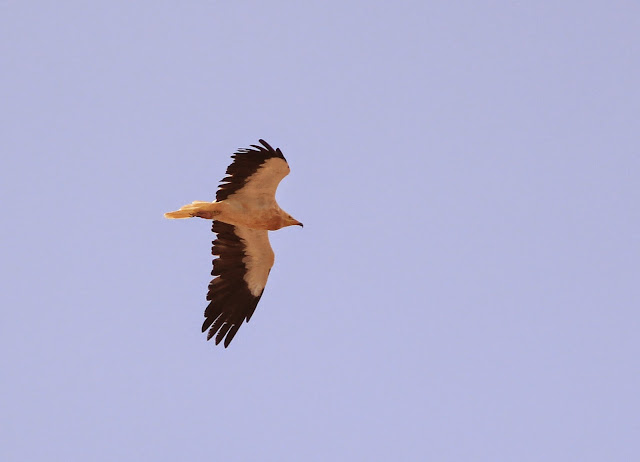Year-listing in Filey for Coquet island's Roseate Terns
After enjoying a fantastic range of birdlife since arriving in Filey a couple of years ago, I've decided to go for a 'big year' in 2015 – that is, actively seeking as many different species in the area as I can in a twelve month period - to raise money for a special conservation cause.
Roseate Terns migrate back from the African coast every spring to breed on the tiny Coquet Island off the Northumbrian coast – the only UK breeding colony, with just 60-80 pairs – making Rosies our rarest and most threatened breeding seabird. The RSPB provide specially designed nest-boxes and 24-hour protection for this fragile colony, as well as managing the habitat and investing in research to help these amazing birds.
On behalf of Filey Bird Observatory, I'd like to help their cause by raising enough money to sponsor a pair (for five years), and maybe even sponsor two pairs if I can get enough support...
I'm hoping that as many generous folk as possible will sponsor me in 2015 as I attempt to clock up as many bird species in our recording area as I can between January and December. It'll be a challenge (especially as I'll also be attempting a degree during the year!), but I'm aiming for between 160 and 180 species. If you'd like to sponsor me, you can do so either per species (10p per species about £18, 20p per species about £36 and so on) or with a flat donation of your choice.
During the year I'll be posting updates on my progress both here and via the Observatory website (fbog.co.uk). 100% of all sponsorship money will go directly to sponsoring Coquet's Roseate Terns, and next year I'll be posting regular updates on the birds we've successfully sponsored on the island. Thanks in advance, and wish me luck!
You can make your pledge by contacting me at mpearson(at)fbog.co.uk
 |
| A Roseate Tern in Filey bay - likely a Coquet bird on the way back to Africa.... |





















































